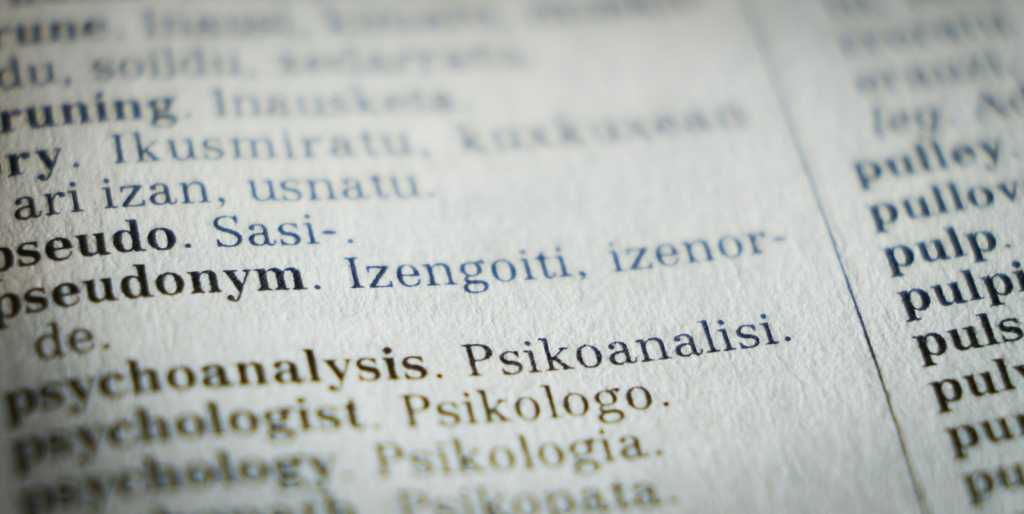A Short Introduction by Jerome S. Blackman, MD
 “Psychoanalysis“1 refers to:
“Psychoanalysis“1 refers to:
- a systematized body of knowledge about operations and functions of the mind
- a systematized body of knowledge regarding stages of (and conflicts during) child and adolescent development
- a method for the treatment of some emotional disturbances.
The “mental status examination” done by most practitioners during evaluations uses several concepts from psychoanalytic research, relating to the idea that there is a mind that includes:
- Basic functions, such as memory, perception, organization of thought, distinguishing reality from fantasy (reality testing), logical thinking, orientation to your surroundings, concentration, intelligence, abstraction ability, and self-preservation.
- Control and Delay capacities, such as frustration tolerance and impulse control.
- Relationship capacities – to trust, to have empathy, and to remain close.
- Moral perspectives – fairness, integrity, shame, and guilt.

Psychoanalytic researchers have studied the development of these features throughout the life cycle, and are concerned when there is any disturbance in these areas, especially in adults.
In addition, psychoanalytic research has developed theories that there are “drives” or wishes – which involve urges to repeat pleasurable experiences that originate in the biological developmental milestones during childhood, adolescence, and adulthood. At the moment, we think there is evidence for the development of dependency wishes (to be taken care of and soothed), sexual wishes (to achieve sexual pleasures), and constructive and destructive “aggressive” wishes (to succeed, to compete, and to defend against things that threaten you).
Additionally, we consider that emotions have a developmental history, and are made up of two components: sensation and thought.
Finally, analytic theories about mental problems involve how wishes conflict with reality, with guilt/shame, and/or with other wishes. We think these types of conflicts cause some types of anxiety and depressions. Sometimes, to handle these unpleasant emotions and conflicts, the mind institutes “shut-off” (or “defense”) mechanisms to make some part of the thinking unconsciousness to remove it from current awareness. The results of conflict and defense may be adaptive (“healthy”) or maladaptive (“pathological”).
If people suffer from their conflicts and defenses, we consider the conflicts “pathological.” When suffering from conflicts and defenses reaches a certain level, people cannot remedy their conflicts alone because the defenses have shut the conflicts out of awareness.
In psychoanalytically oriented treatments, often called psychoanalysis or dynamic psychotherapy, the analyst helps people identify defenses and conflicts that had been unconscious. This method is usually highly ameliorating or even curative, particularly in people who show few deficits in basic mental functions, control and delay capacities, relationship capacities, and reasonable conscience functioning – Areas 1) through 4) listed above. Deficits (more serious problems) in those four areas in adults often require medication, CBT, and other forms of therapy.
1. Some of this is repeated in, and some taken from the Wikipedia article on Psychoanalysis, to which the author contributed.

